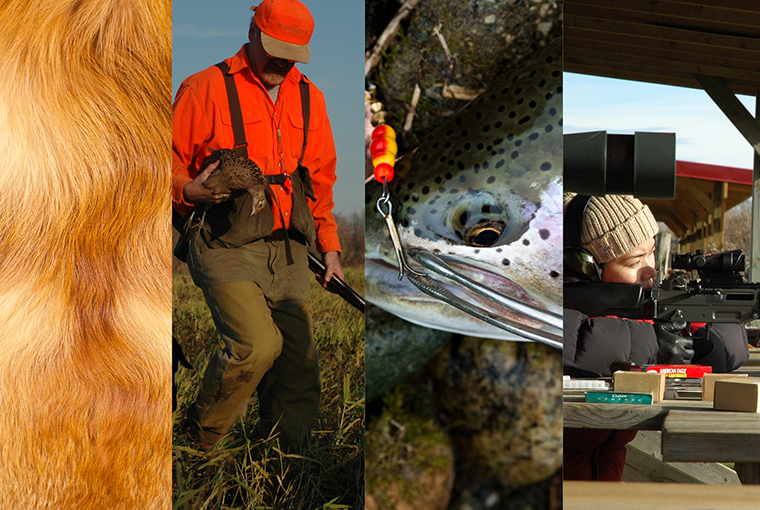
Canadians spent an estimated $18.9 billion on fishing, hunting, trapping, and sport shooting in 2018, according to a new study commissioned by the Ontario Federation of Anglers and Hunters (OFAH) and the Canadian Sporting Arms and Ammunition Association (CSAAA), with support from 30 other groups.
Nearly half of that — some $6.5 billion — was spent in Ontario, which leads the way in many categories, accounting for 37% of anglers, 33% of hunters, 21% of trappers, and 26% of recreational sport shooters nation-wide, the Conference Board of Canada found.
The research organization, which was asked to quantify the overall economic footprint of the activities, learned that 2.97 million Canadians fish, 1.27 million hunt, 45,000 trap, and 1.4 million take part in sport shooting.
Enormous impact
The impact is enormous — those four activities represent $13.2 billion to the Gross Domestic Product (GDP), or 0.6% of Canada’s economy, the study revealed.

They also support nearly 107,000 jobs and labour income of $6.4 billion and boosted federal and provincial tax revenue by $6.1 billion, the OFAH stated in a release.
In Ontario, the activities contributed $4.7 billion to the province’s GDP, or 0.6%, and supported 36,900 jobs. Like Quebec, fishing and hunting expenditures account for nearly 90% of total spending on the four activities.
The study report, The Economic Footprint of Angling, Hunting, Trapping and Sport Shooting in Canada, describes the participation, spending, and overall economic impact of these activities at both the national and provincial/territorial levels.
To read the complete report, click here.
“This study is long overdue. To our knowledge, this is the first time a credible and comprehensive analysis of all the activities relevant to the outdoors community has been completed at the national level,” OFAH Manager of Fish and Wildlife Services, Matt DeMille, stated.
Fishing top generator
Among the four activities, fishing leaves the biggest footprint, the report states. Three million Canadians fish, and spent $10 billion doing so in 2018. That spending contributed $7 billion to the GDP, supporting an estimated 58,000 jobs and generating $3.5 billion in labour income.
“Fishing, hunting, trapping, and sport shooting are often relegated to simply having heritage or recreation value,” DeMille added. “This study confirms these activities have modern relevance to millions of Canadians, enormous economic value in Canada, and should get the government recognition and investment they deserve.”


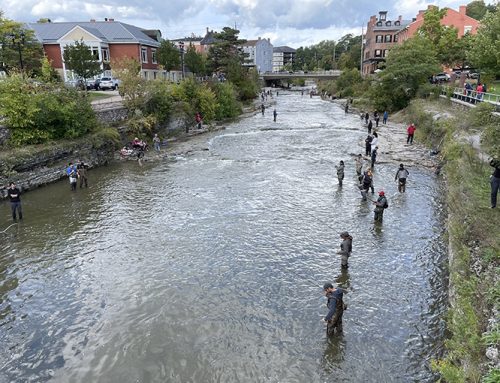
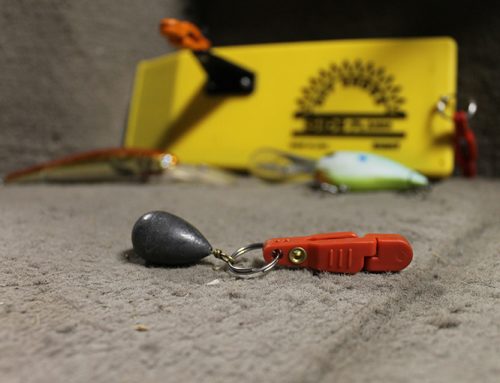
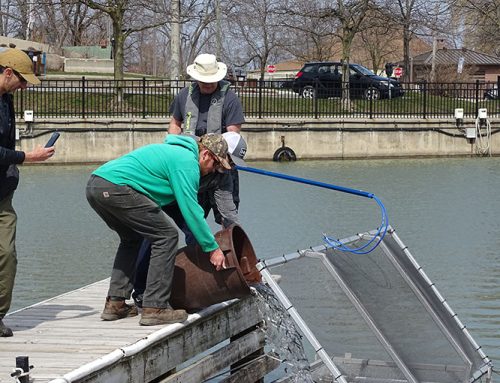
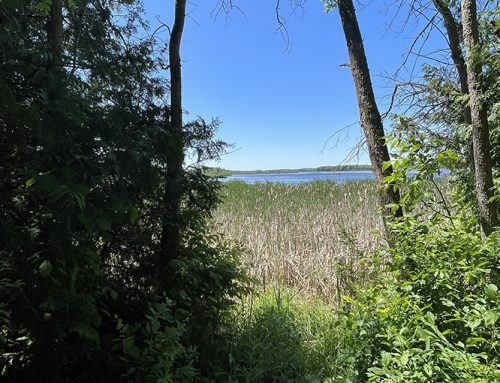
Leave A Comment